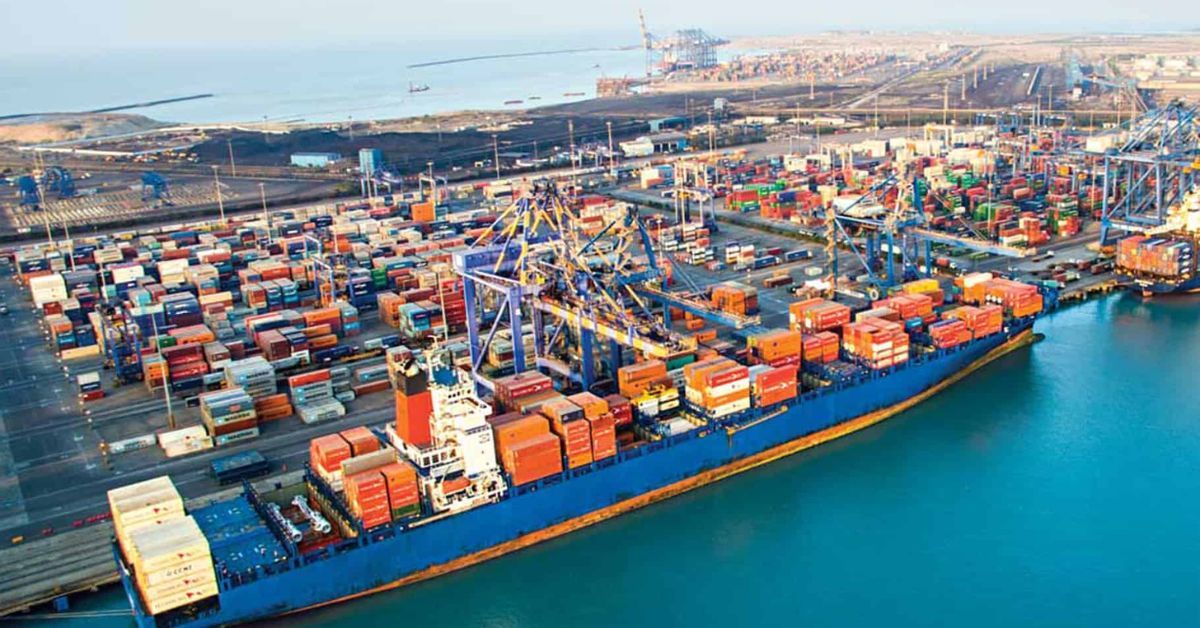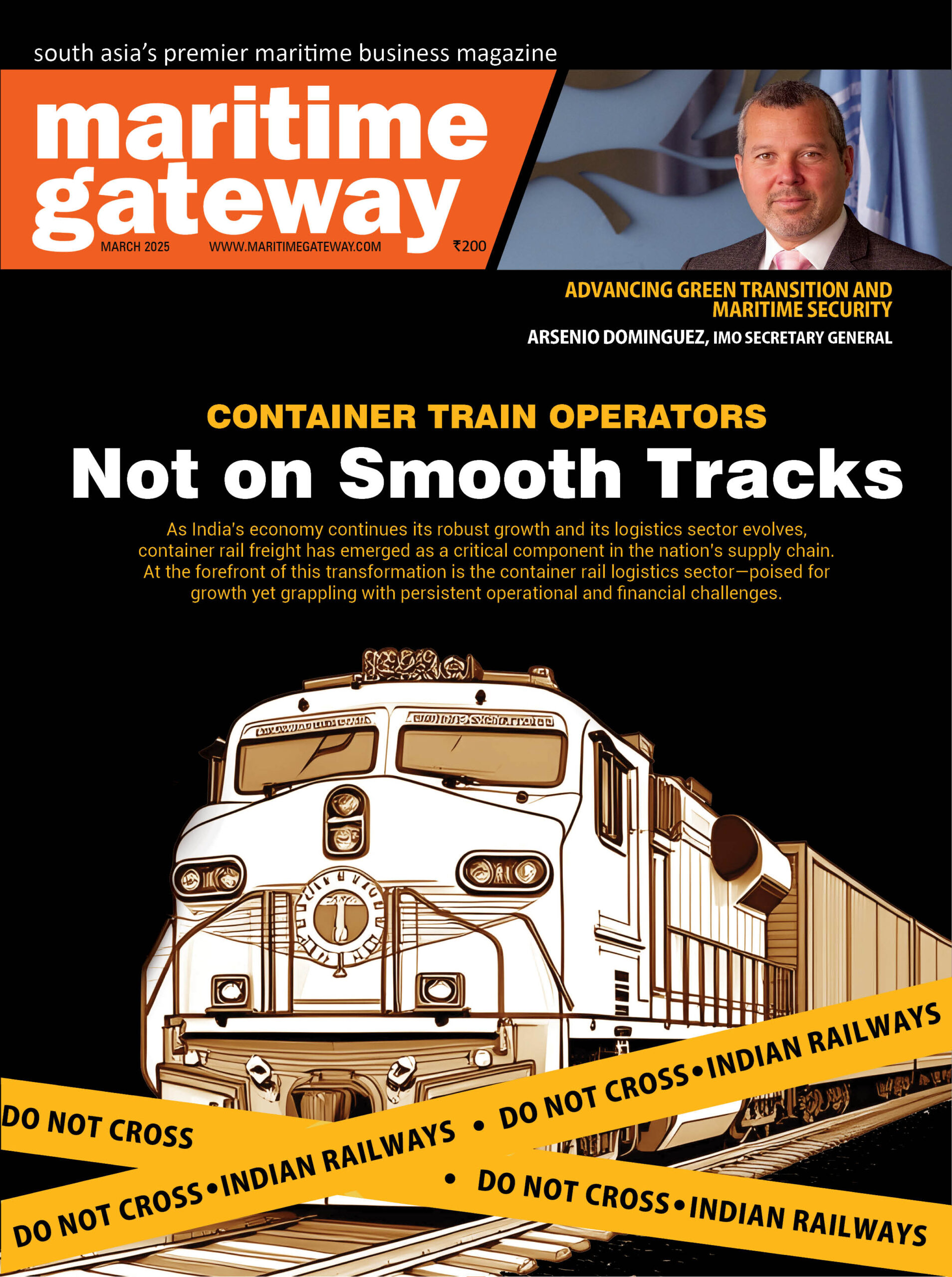India’s ports sector is set for major expansion, with annual capacity expected to increase by 500-550 million tonnes per annum (MTPA) between the financial years 2023 and 2028, according to a report by Motilal Oswal Financial Services.
The growth is expected to be driven by increased handling of petroleum, oil, lubricants (POL), coal, and containerised cargo, reinforcing the sector’s critical role in facilitating trade. Ports currently handle 95 per cent of India’s export volumes and account for 70 per cent of its export values. The country’s strategic location in the Indian Ocean, coupled with its extensive coastline of approximately 7,500 kilometres and 20,275 kilometres of national waterways across 24 states, positions India to emerge as a dominant player in the global maritime trade.
Around 80 per cent of the world’s maritime oil trade passes through the Indian Ocean, further boosting India’s maritime potential. India’s port infrastructure comprises 13 major ports and 205 non-major ports. In the financial year 2024, major ports handled 819 million metric tonnes (MMT) of cargo, while between April 2024 and January 2025, this figure stood at 699 MMT.
The sector currently operates at a capacity of 2,604 MTPA, which is set to expand significantly in the coming years. The report predicts steady cargo traffic growth at an annual rate of three to six per cent, with utilisation rates expected to stabilise at around 55 per cent over the medium term.
Container traffic is projected to grow at an annual rate of four to seven per cent over the next five years, supported by rising imports, falling freight costs, and the normalisation of global supply chains. Transshipment, which accounts for around 25 per cent of India’s container throughput, is identified as a key growth area. Ports such as Chennai are expected to play a pivotal role in supporting this segment.
The report highlights the distinct roles of major and non-major ports in India’s port ecosystem. Major ports, managed by the central government, are typically located near industrial hubs and handle a diverse range of cargo based on regional demands. However, these ports often experience congestion due to shared access channels.
In contrast, non-major ports, operated by state governments or private entities through public-private partnerships, have demonstrated greater operational efficiency and flexibility, leading to reduced congestion. In the financial year 2023, non-major ports recorded a 7.6 per cent rise in cargo traffic, surpassing the 4.7 per cent growth seen at major ports. This trend underscores the growing importance of non-major ports in supporting India’s overall maritime trade.







